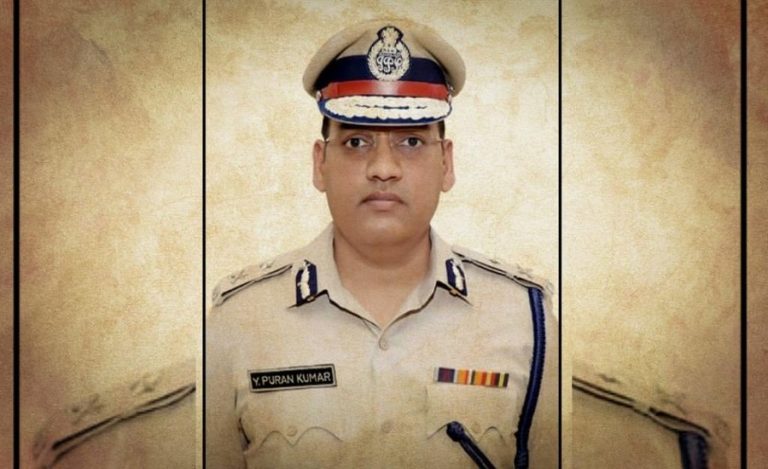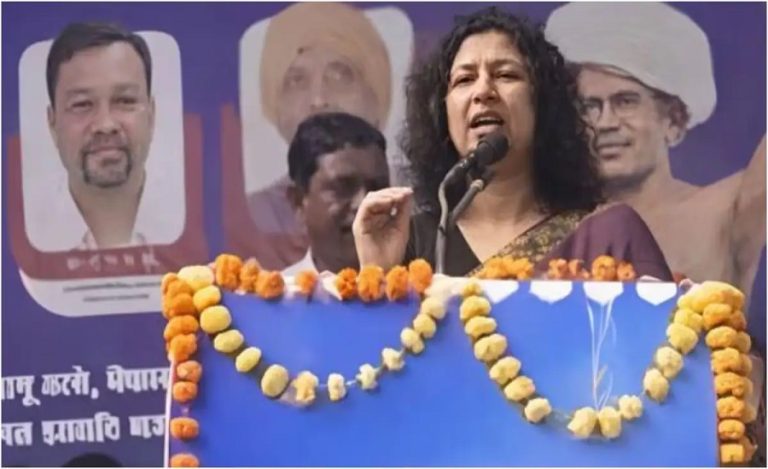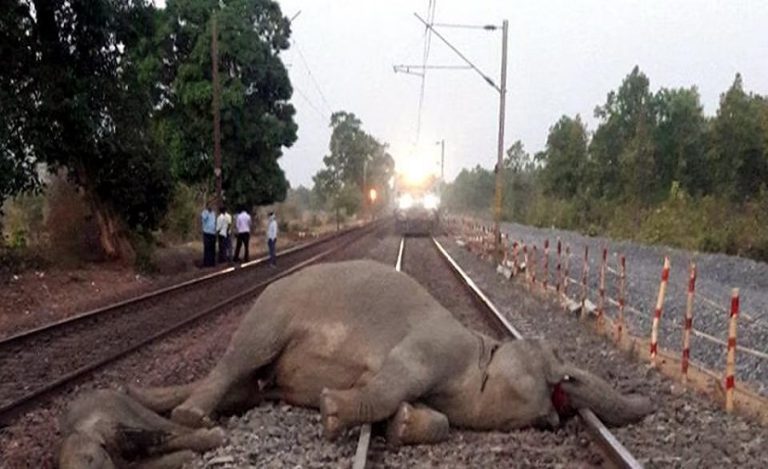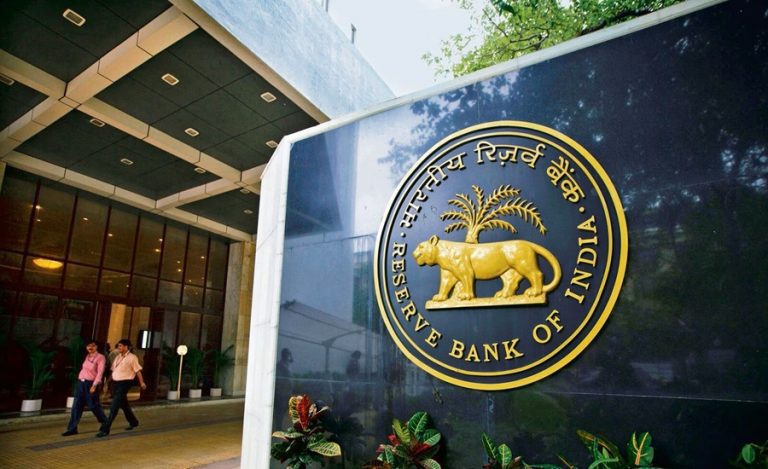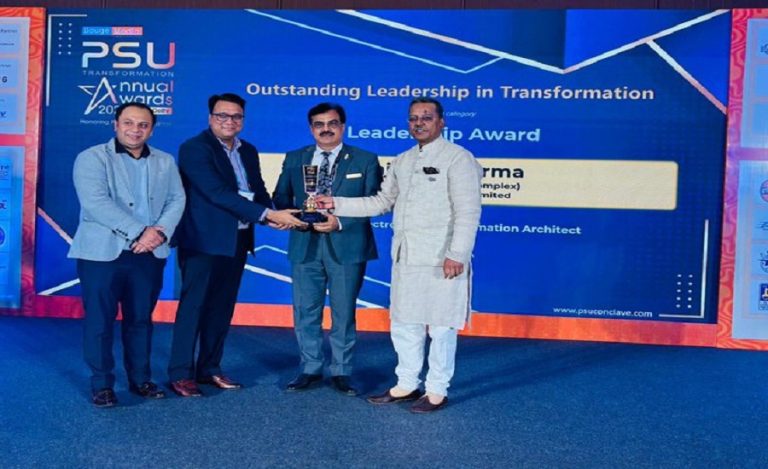New Delhi: Indian Defence Minister Rajnath Singh has refrained from making any direct comments on the possible procurement of Russia’s Su-57 stealth fighter jets for the Indian Air Force (IAF), during a recent interview with Firstpost. His guarded response comes amid active negotiations and heightened speculation surrounding India’s potential purchase and local manufacturing of the fifth-generation aircraft.
India’s Strategic Interest in Su-57 Stealth Jets
The Su-57, Russia’s most advanced fifth-generation multirole stealth fighter, remains central to discussions aimed at transforming India’s air combat capabilities.
Reports suggest that India is in talks for an initial fly-away purchase of 36–40 aircraft, forming two IAF squadrons. The agreement may later expand to local manufacturing at HAL’s Nashik facility, potentially scaling to 120–140 jets across seven squadrons — making it one of the largest foreign acquisitions of the Su-57 globally.
The Su-57 is equipped with AL-51F1 engines, featuring flat nozzles and thrust vectoring, providing high manoeuvrability and reduced radar visibility.
Rajnath Singh Emphasises Self-Reliance and Indigenous Capability
Despite speculation, Singh reiterated India’s commitment to self-reliance in defence manufacturing, stressing that any procurement decision would align with the country’s long-term ‘Atmanirbhar Bharat’ vision.
He underscored that India’s defence strategy aims to balance foreign technology acquisition with indigenous industrial growth. Singh also referred to ongoing indigenous projects like the Advanced Medium Combat Aircraft (AMCA) — India’s homegrown fifth-generation stealth fighter — which is under active development.
Balancing Imports and Domestic Development
The Su-57 Aircraft deal, if finalised, would supplement India’s current fighter fleet, which includes the Rafale and Tejas Mk1A. Analysts say the deal could provide India with enhanced stealth, longer range, and improved payload capacity, crucial for countering regional air power threats from China and Pakistan.
Singh’s non-committal tone signals a measured and strategic approach — ensuring Cabinet Committee on Security (CCS) approvals and avoiding premature speculation.
Meanwhile, the government continues to address supply bottlenecks in indigenous aircraft production, reaffirming its twin-track approach: acquiring cutting-edge foreign platforms while boosting domestic defence manufacturing.
A Dual-Track Strategy for India’s Air Power Future
Rajnath Singh’s remarks reflect India’s evolving defence procurement philosophy — one that seeks a synergy between global technology and local innovation.
This calibrated policy aims to:
- Strengthen India’s air combat readiness
- Build a sustainable domestic aerospace ecosystem
- Reduce dependence on foreign suppliers
- Support Make in India and Atmanirbhar Bharat initiatives
The final decision on the Su-57 deal could shape India’s aerial defence landscape for decades, marking a pivotal moment in its journey toward technological sovereignty and strategic self-reliance.
Way Forward
- Official announcements or ministerial statements confirming contract signing or “Acceptance of Necessity” (AoN) by the Defence Acquisition Council.
- Terms of local manufacture: number of jets built domestically, tech-transfer conditions, Indian jobs created.
- Choice of variant: whether it’s a standard Su-57 or an India-specific “Super-30” variant.
- Impact on existing fighter-jet deals and IAF squadron expansion plans.
Read Also: Shock to China-Pakistan: India Now Owns Latest Israeli Air Lora & Ice Breaker Missile Technology


